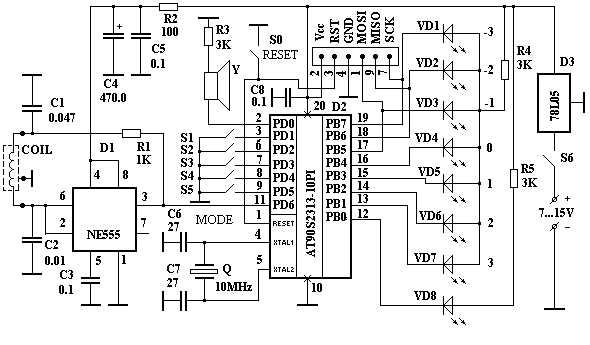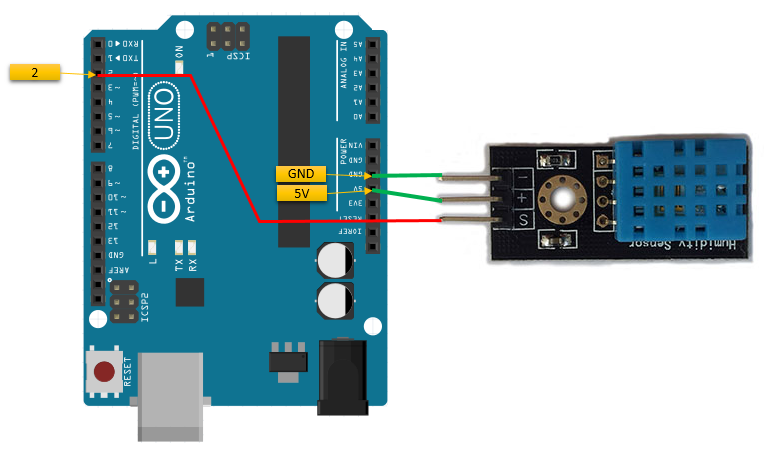

He should start with the question, "what do I ultimately want to do with it?". Let us assume that Nikki81 is about to buy just one micro and its programmer. I agree totally with everything that CocaCola wrote, especially the above. I have never programed in C before, but find it easy enough to modify the routines written in C which come with Arduino. If you are wanting to learn on your own I suggest the Arduino is much easier to work with to produce predictable results. Is there a small, cheap PIC out there which is easy to get to do ones will? Also the Arduino allows analog input which the 16f628 did not - and analog is very necessary. Arduino is a pleasure after the PIC, since Arduino comes with its library of routines. JAL is relatively simple and is compatible with most PICs. Trying to read the PIC datasheet, and trying to configure the pins for the correct input and output I found so difficult that it motivated me to dive into electronics to find dedicated components to do the job. I could not get the comparator to work even after months of trying.

Having played with the PIC16F628 in assembler and JAL (Just Another Language) and the Arduino Uno in C, I must say that the languages are easy enough but the PIC was a pig.


This initial investment can pay off in getting you disciplined to the syntax of the language you are working with vs struggling for hours looking for an open or close bracket you might have missed. On thing to note, generally the more you pay for a compiler suite the more it will flag your coding errors before or when you compile. You can of course still use other languages and load them on the AVR with a little work, but that really negates the whole Arduino concept. With them you get BASIC, PASCAL and C options across multiple chip manufactures giving you a ton of flexibility to hop around for a reasonable cost, and with little to no change of your preferred language.Īlso Arduinio is C, so if you want want to use the Ardunio software platform you are kinda stuck. Plenty good for the hobbyist though if you pick a compiler and chip series that has readily available compilers for those languages.īTW not my compiler of choice, but I have used it to some degree and overall the compilers from are very competitively priced and are very decent. But there is little argument that C is the best choice in todays market, followed by assembly if optimization is priority.īASIC and PASCAL are a lot easier to learn but you won't find even 1/10 the cross platform compatibility. I can limp by if I have to with both but I will shy away from both in an instant if given choice. Steve I fully agree, and the reason my C and assembly is still rough around the corners.


 0 kommentar(er)
0 kommentar(er)
